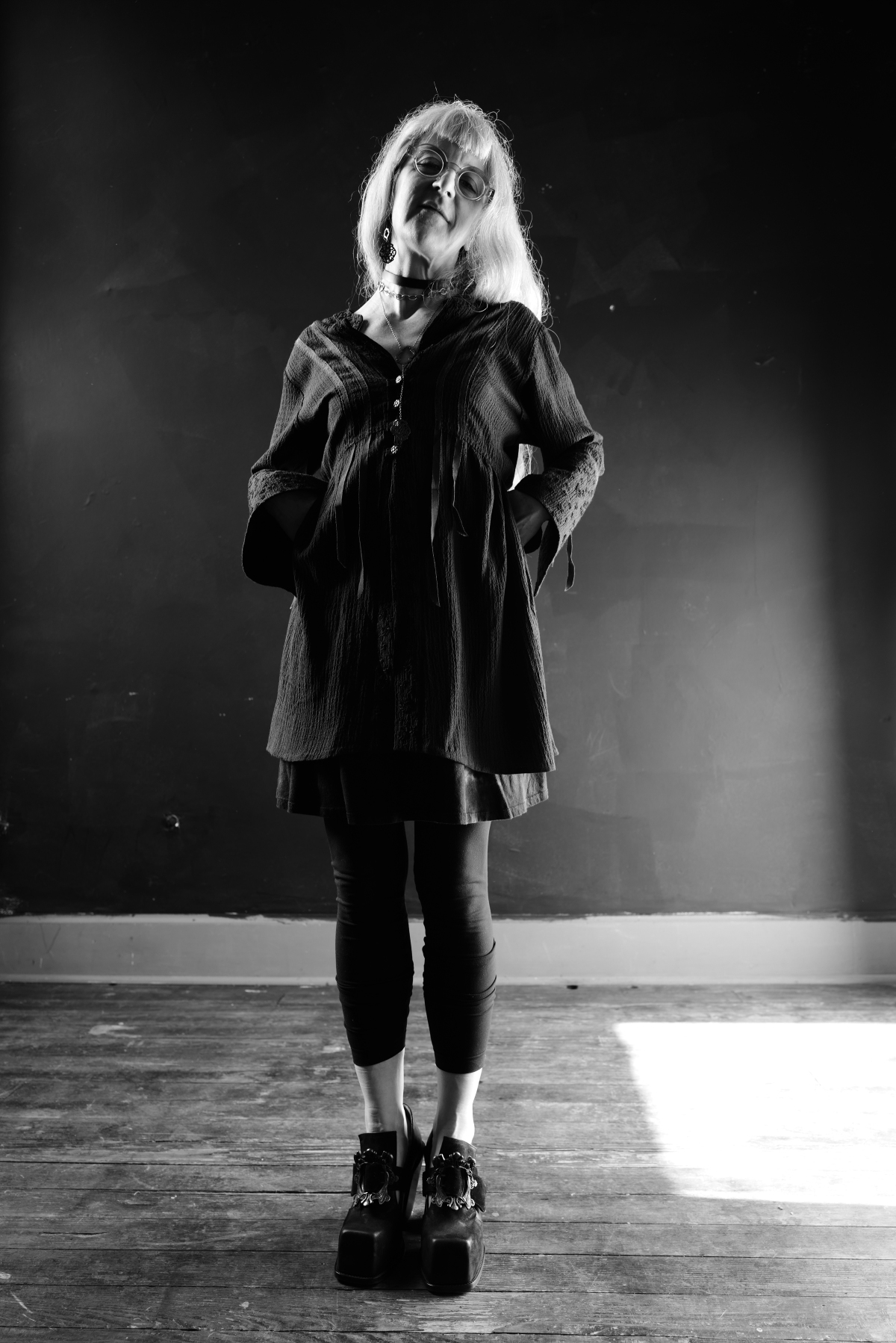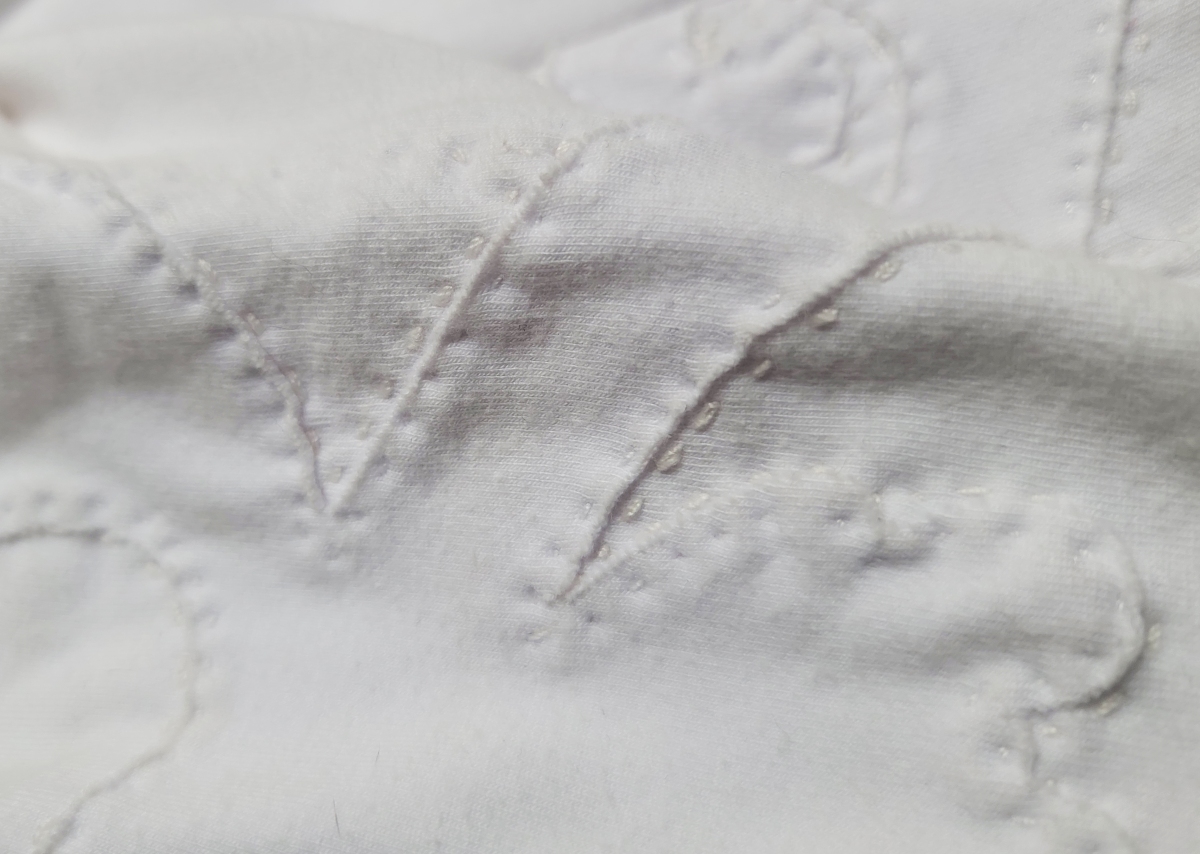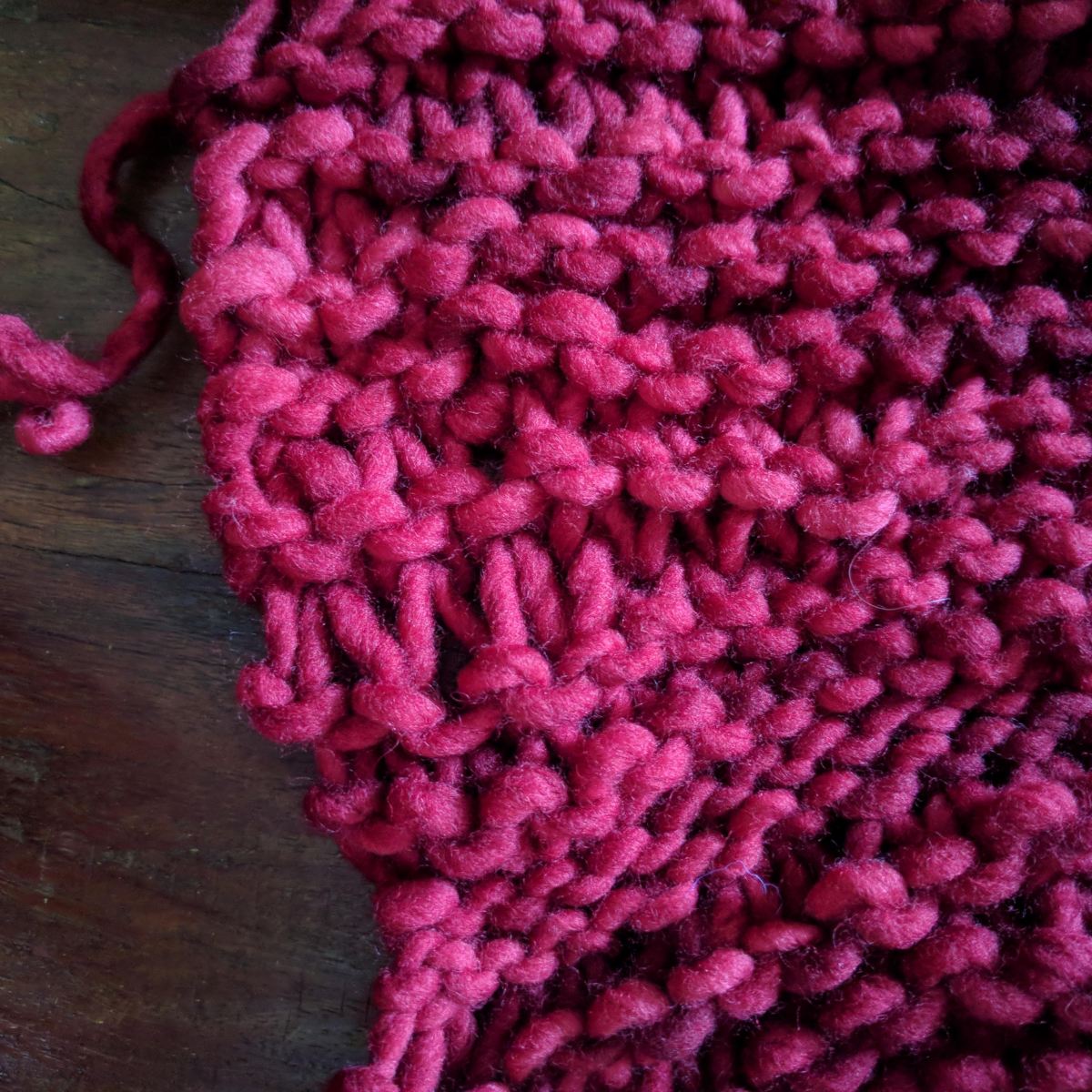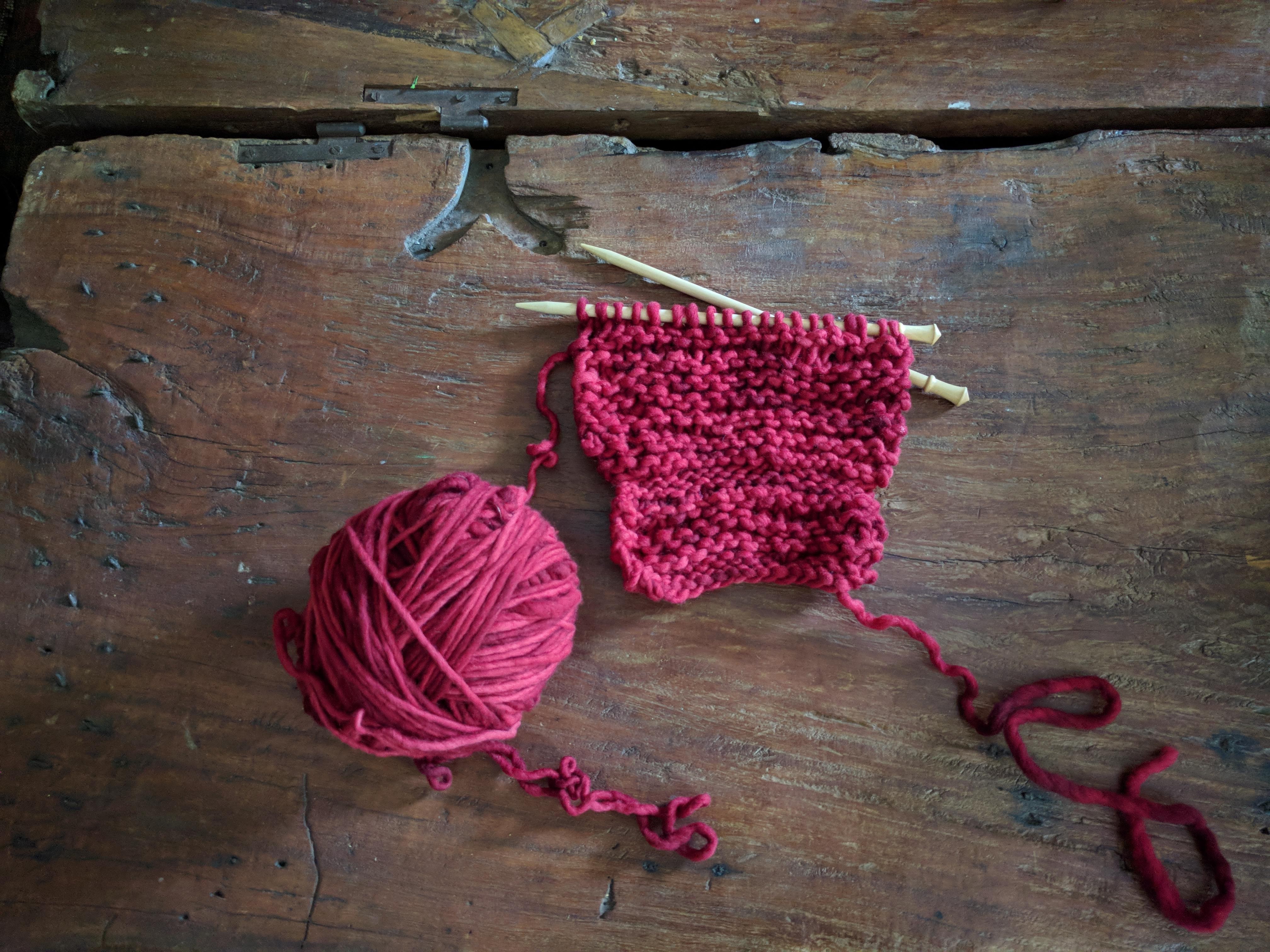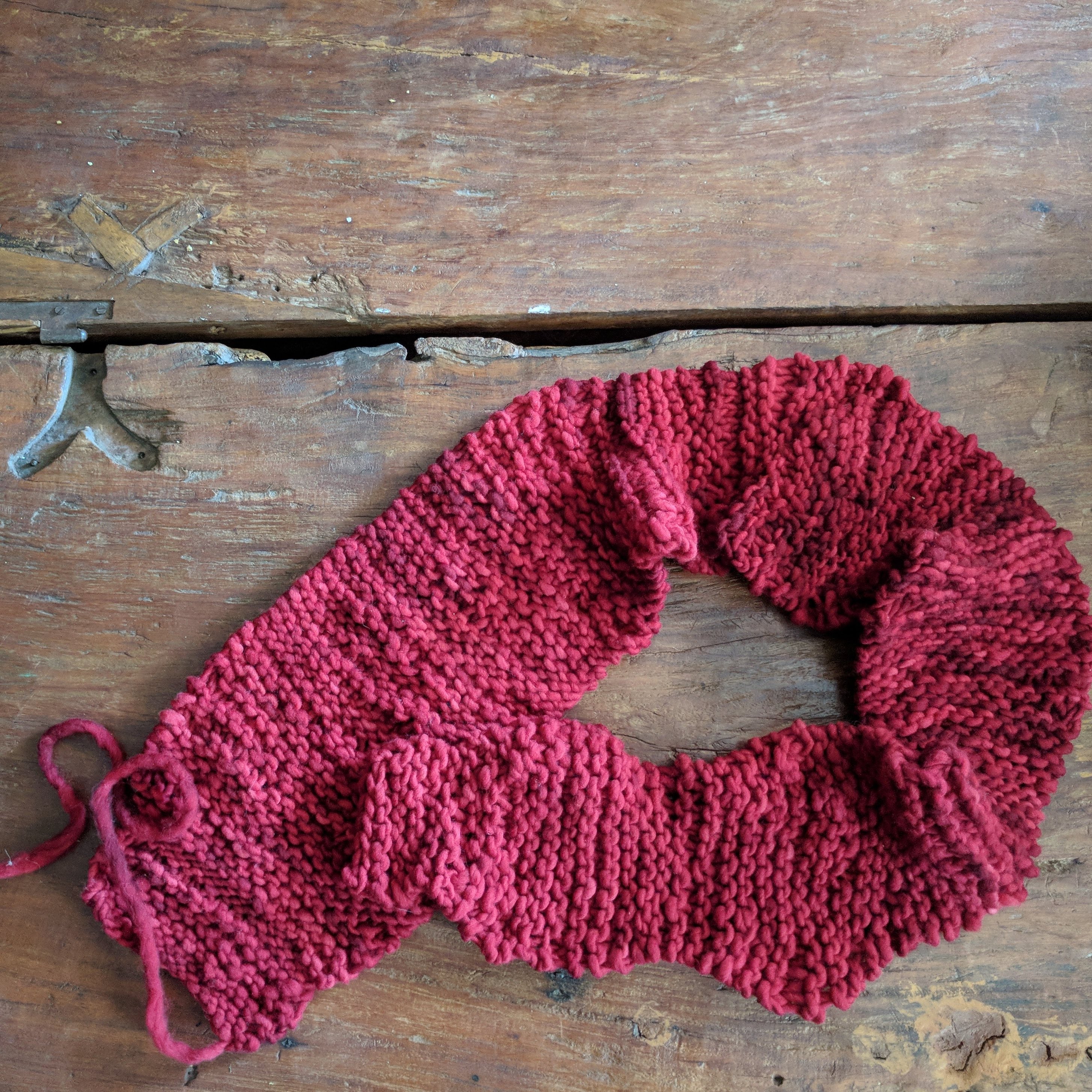More about the Little Black Overdress
In my previous post about the Little Black Overdress, I described noticing an impatient feeling while backstitching the gathers of the skirt onto the bodice. I kept thinking – this is taking too long. What disturbed me about that feeling, that thought, is the fact that I really do want to enjoy every stitch. This is a goal. And mostly I enjoy my stitches, which is why that agitation surprised me when I became aware of it, which I almost didn’t. We become used to such back-of-the-mind thoughts. Or at least I imagine I am not the only one who has the experience of gauzy thought-feelings moving behind the surface tension of other more front-of-the-mind thoughts. I have come to think of this sensation as something like clouds moving slowly across the sky, casting shadows on the ground, somewhere else, so we barely notice.
As I mentioned before, I realized I was valuing different stitches differently. My embroidery was the most valuable. My visible seam stitching was next on the list. My pretty interior stitching was third, my invisible stitches were fourth, and my covered up practical stitches – in this case the backstitching to hold the gathers in place and connect the skirt and the bodice, and later covered with a ribbon – came in fifth. As I was reflecting on this hierarchy I saw different aspects of my own labor were starting to relate to the value of women’s labor in global markets, classed labor here in the United States. Fast fashion garment workers’ labor is not valued. If the clothes are disposable, then the labor and materials that created them is viewed as disposable. Even couture seamstresses are referred to as ‘hands.’ My impatience over my backstitches was in this mix.
Here is what I wrote about this in my journal:
May 16, 2021

Yesterday I attached the skirt to the bodice, gathering the back stitches worked on the skirt side from left to right, until I got to the straight-stitched section, where I switched to working on the bodice side and continued right to left, which is more comfortable for me.
I trimmed the seam when I was finished. I would have liked to bind the gathered edge with the bodice seam allowance. But I didn’t want to stitch on the skirt and I hadn’t left a long enough seam allowance on the bodice side that I could wrap the skirt seam allowance and still have fabric to turn under and stitch in the ditch. So I sewed some of my grey ribbon onto the skirt seam allowance and then top-stitched that on the right side of the bodice so the appearance of the seam is very similar to, but not identical to, the other seam.
I like the way this looks on the front but not on the back. I can see my stitching line wavers on the ribbon – the black thread stands out on the grey ribbon. On the right side the stitching line does vary in distance from the first top-stitched line, but that variation is not really noticeable because it’s black thread on black fabric and also because the relationships I’m focusing on – one stitching line in relation to another – are consistent. The ribbon was not as carefully arranged on the back and I was adjusting to a mild fluctuation in the gathering line, which I then supplemented with a line of top-stitching on the wrong side of the bodice.
Maybe this discussion is not important. But maybe it is. One of the things I have been thinking about is how Brenda Dayne talks about her projects. To a great extent her podcast is a discussion, or rather a narration, of her problem-solving. She charts her decision-making. She is always tweaking and experimenting. She talks about what she tried, whether it worked. If it didn’t work why not? If it did work, is she happy with the result?
The other thing I have been thinking about is how layered and constant the decision-making is at this stage. I imagine that as I become better at this, that more of what I do, the decisions I make, will become automated (is this right?). I’ll learn techniques that will start to feel natural in their execution. I won’t spend so much time trying to work it out in my mind. Or at least that is my fantasy – that it will get easier and faster.
I just wrote faster and that raises questions for me. As I have been working on different parts of the Little Black Overdress, I discern a sense of urgency that sometimes emerges for me. I notice that I have had the thought that what I’m doing is taking too long. The taking-too-long feeling doesn’t come from any external constraint. It’s not as if I don’t have something else I can wear. There is no deadline. I would like to wear the dress this summer but not yet. The weather isn’t quite there yet. I am enjoying the sewing. I am enjoying the embroidery. I’ve been going back and forth between the two – garment construction to embroidery to garment construction to embroidery again.

The fact that this sensation / anxiety about speed came up alerts me to the cultural bias toward efficient execution. Get it done. It reminds me of my Dickensian Coat, which is so beautiful and deliciously comfortable. David asked me why was I taking so much time to mend a coat? Wouldn’t it be faster just to buy something new? Wouldn’t it be faster?
Bruce (Instagram: @bruce_falkinburg) asked me the same question about the Little Black Overdress. Wouldn’t it be faster if you sewed it on the machine? Yes. The answer is yes, it would be faster. But I don’t want it to be faster. Observing the feeling of anxiety, then, is interesting and points out how much work there is to become aware of all the ways this cultural value manifests, and also how to have an intentional response to it. I don’t think that’s quite right. What I’m trying to think about is the conscious development of a counter-narrative and a personal methodology.
Feelings like this, we are taught, are individual [here you can start to tell I’m an anthropologist]. To the extent they are individual, when you have a feeling that is contrary to the goal, or which even obstructs, you have failed. There is a moral failure – a lack of discipline, a lack of knowledge. But the feeling is actually cultural. If I seek to change the goal to enjoyment of my stitches over speedy execution of the task, then I have to grapple with the feelings that arise. I have to make the feelings part of the method.



My contention is that the making itself should be enjoyable. My contention is that slow-making should be enjoyable. Slowing it down will draw out the enjoyment. But if the cultural value system is that a little dress should not take too much time – after all it’s just a little dress – then slowing down and putting a lot of time into the dress would be anxiety-producing. That which I have posited should be enjoyable, that is slow making, becomes fraught.
So my personal theory and practice has to include a strategy for re-thinking making, re-feeling making. I need to understand where all of the feelings are coming from. What are they about? I need to be able to read and interpret the feelings in terms of the economy of waste and haste.
We have elevated being minimally skilled. It is a cultural value to be able to produce something useable/wearable with minimal skill.
As I have been writing, I have been having another parallel line of thought about the fabric I’m using. I thought it was cotton. But the way it glitters and the way it smells when I iron it, makes me think it could be a cotton/poly mix. I just took a flame to it. It does not melt. The steady fast burn with a yellow flame and no smoke suggests cotton. If it does have polyester it’s not much.


Somehow the fiber is making a difference to me. There is a way in which I feel like devoting this much time to a ‘cheap synthetic’ is not justified. So here I’m bumping up against another prejudice I have to grapple with.
Issue: expense or value of materials
Issue: style of project – what am I making?
Issue: mode of use – where will I wear it? Is it fancy? Is it for wearing every day?
There are hierarchies of value here that are really old and have been delivered to us historically and culturally and need to be re-worked in order to get to a new place with making.
When I wrote the above, part of me wanted to mock the observation as so obvious as not to require statement. But it does require statement in order to examine it in more depth and figure out how it’s operating here and how to counter the narrative that says that the Little cotton Overdress does not warrant the time I am spending on it. Are sumptuary laws at play here? Class hierarchies? Race hierarchies? Social evolutionary frameworks?
The value of different kinds of labor. I’m thinking of inexpensive, hand-embroidered cotton things from India. In that instance, the embroidery is rustic, probably executed quickly. The ornamentation is not high-value. It’s not refined (this has nothing to do with the skill of the embroiderer. It has to do with the use to which it’s put, the requirements of the buyer, and the compensation for the work). There is a relationship between the value of the labor and the way we value the result of the labor.
I finished the dress in July.
A few final photographs of the finished dress . . .









